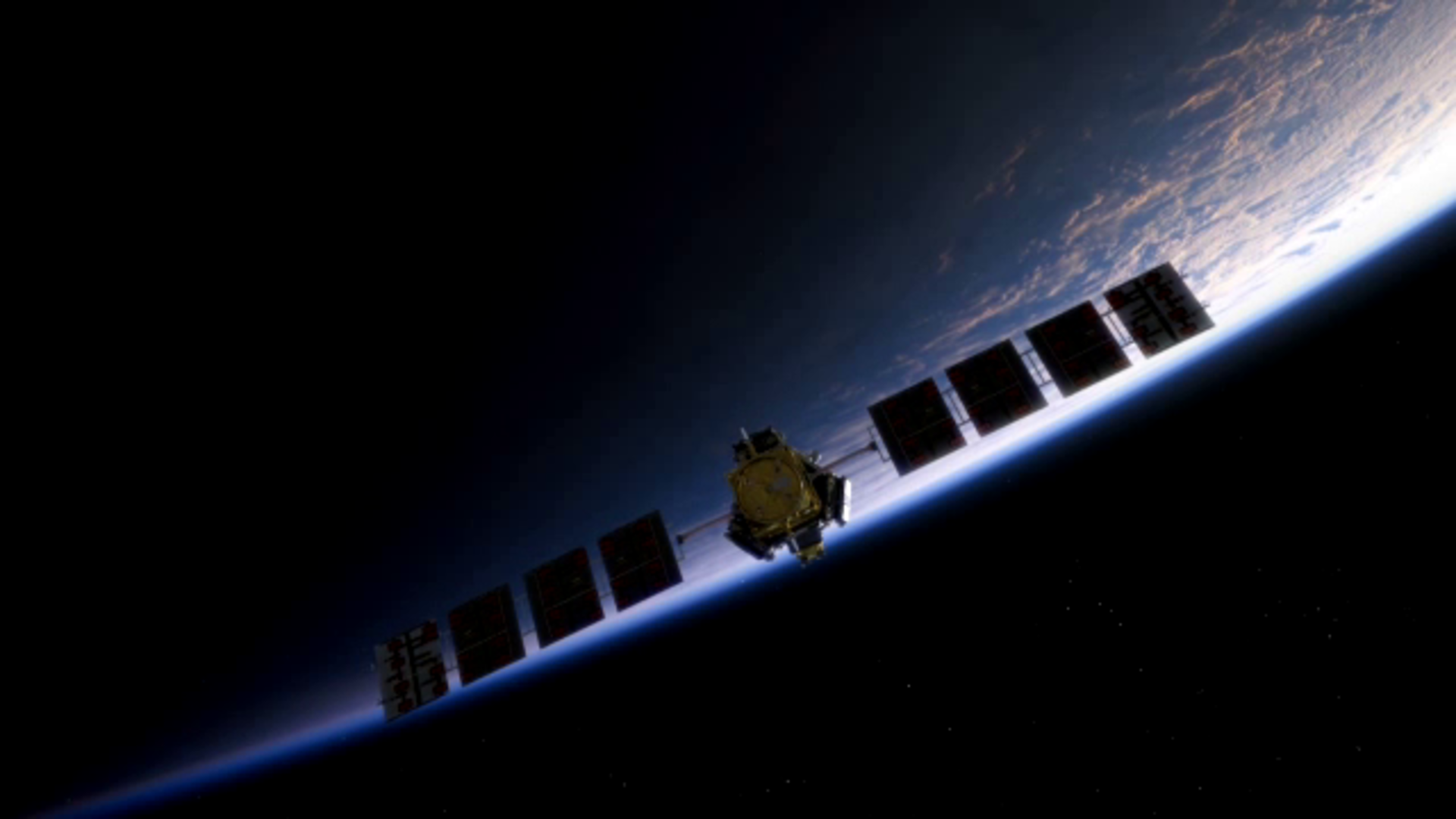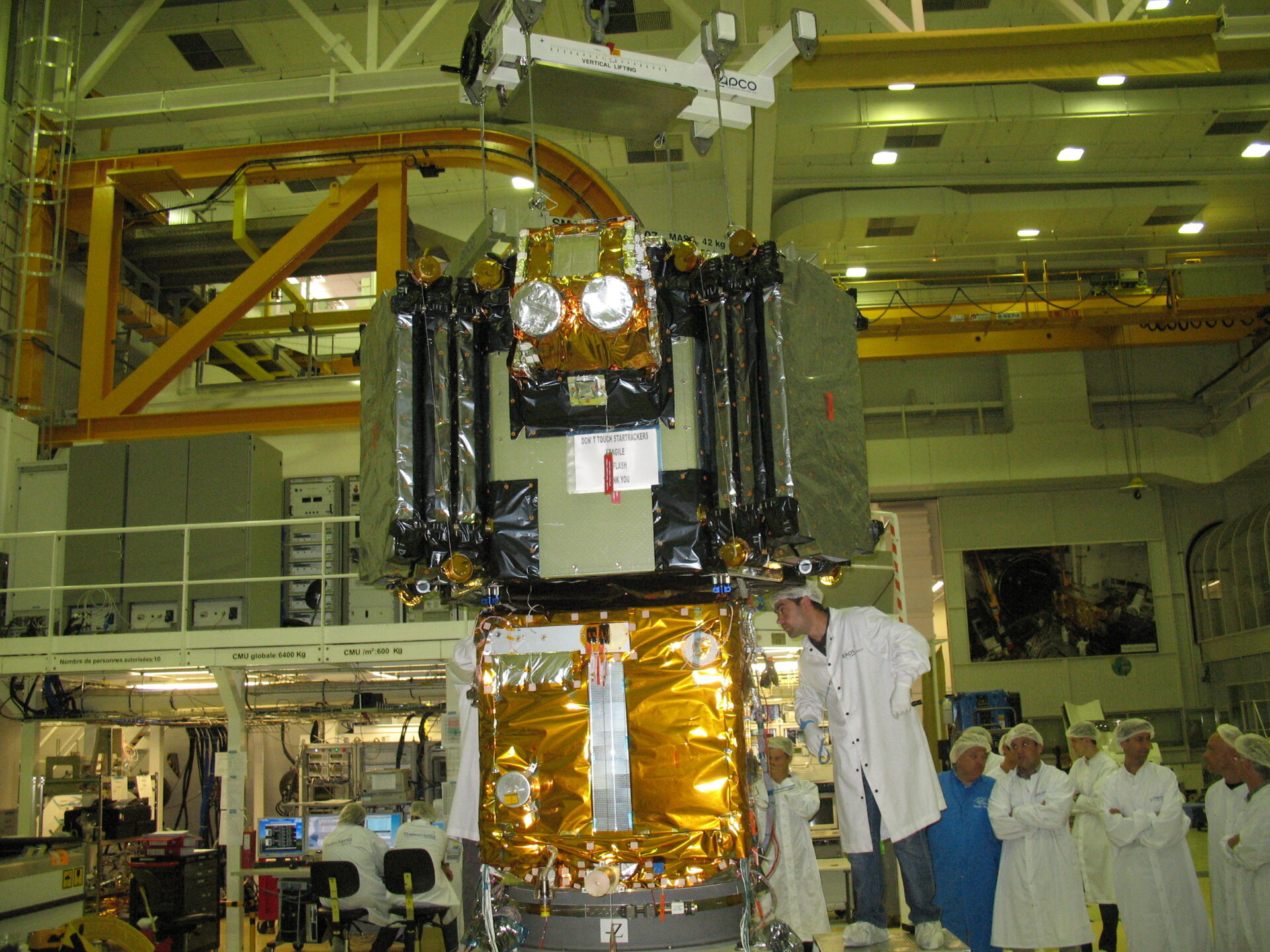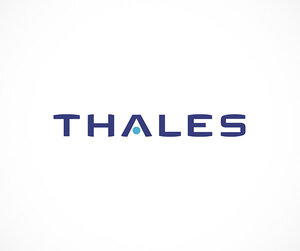Satellite
A satellite platform provides the support on which to mount instruments and the infrastructure for the mission such as power, communications to the ground and navigation. In this case, the SMOS instrument is carried on a generic Proteus platform developed by the CNES French space agency and Thales Alenia Space.
The platform is small, occupying just one cubic metre and acts as a service module to accommodate all the systems required for the satellite to function. In launch configuration, the overall dimensions, including the SMOS instrument, fitted into a cylinder 2.4 m high and 2.3 m in diameter.
At launch, the satellite weighed a total of 658 kg, where the platform weighed 303 kg (including 28 kg of fuel) and the instrument accounted for 355 kg.
After launch, when the satellite separated from the launcher, the platform’s two symmetrical solar arrays were deployed automatically.


Access the video
These arrays are covered with silicon cells to generate power. Each array is made up of four panels, each measuring 1.5×0.8 m. Since the orbit is Sun-synchronous, the solar arrays remain static.
Proteus uses a GPS receiver for orbit determination and control, which provides satellite position information. It has a hydrazine monopropellant system with four 1-Newton thrusters mounted on the base of the satellite.
Nominal attitude control is based on a gryo-stellar concept. The startracker is accommodated on the payload and provides accurate attitude information for both the instrument measurements and the satellite attitude control.

Three 2-axis gyroscopes are used to measure the change in the satellite’s orientation, and thus provide the accurate attitude knowledge needed to fulfil stability and pointing requirements. Four small reaction wheels generate torque for attitude adjustment.
In safe mode, a less precise attitude is maintained using magnetic and solar measurements, namely with two 3-axis magnetometers and eight coarse Sun sensors, while magnetotorquers act as the only actuators.








